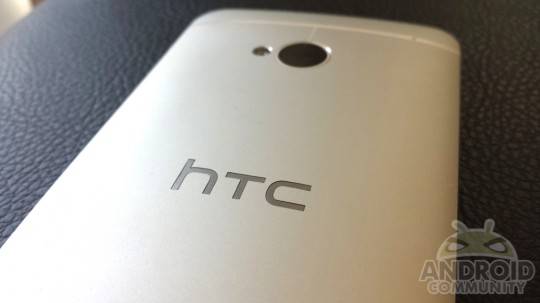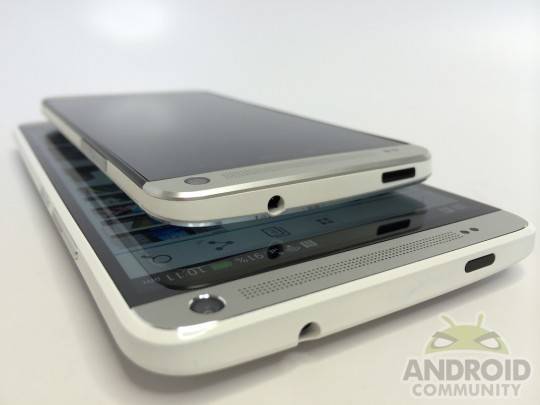
HTC has posted a really useful infographic on their software updates page, highlighting just how the process goes down. While it doesn’t give us all the details, it does provide a detailed workflow of sorts for updates. We find it really interesting to have so much information about the process, and it really highlights just how much a carrier device slows the process down.
From the infographic alone, we find the back-and-forth updates can have. To us, it seems like pretty smooth sailing until you get the carrier involved. We’ve always suspected it was at the carrier level where updates get bottlenecked, but this really only proves it. HTC actually numbered the step each variant of their handsets — carrier, unlocked/dev, and Google Play Edition — takes to see an update, showing the carrier supported model takes a full 3 steps more than any other.
As we learned with the Galaxy Nexus, it all starts with chipset manufacturers. Though Google claimed it had to do with some new 18-month support window expiring, it was later found that the reason the older handset didn’t get the KitKat treatment was due to Texas Instruments disavowing themselves from smartphone tech, and not supporting that device. According to the infographic, that would be why that handset didn’t get the update.

From there, the chipset manufacturer gives the necessary support info to the OEM, and away we go — until the carrier gets involved. From there, it becomes a back-and-forth of integrating software and features, which can change from carrier to carrier. Essentially, with carrier devices, one device can become four in the update process. In some instances, like with Verizon’s massive bloatware accompaniments, we see a bit more clearly why devices aren’t supported later on.
Oddly, now that KitKat has made it’s way to the scene, we’re seeing a lot more transparency from OEMs regarding the update process. We’re going to go out on limb and say that Google is driving this a bit, as we don’t believe in coincidence much. A new Android that is said to allow for faster updates and a more cohesive experience across hardware coupled with some never-before-seen transparency from OEMs? We like it.
VIA: SlashGear










my Aunty Molly got a
2012 Cadillac CTS Sedan from only workin online… look these up Big29.ℂom